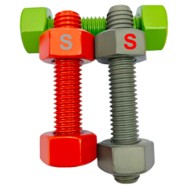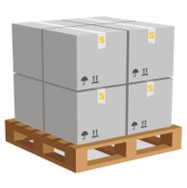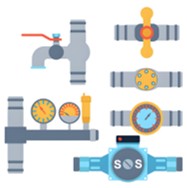
Untangling outfit numerics can feel like mapping a private cipher
- Identifying your personal silhouette marks the opening move
- Collect correct chest, waist and hip data to confirm fit
- Consult each label's size guide prior to purchase
Eschew exclusive use of tag sizes because they can misguide Better to use personal dimensions to consult the guide. Developing style is a personal path of testing options.
Deciphering the puzzle of measurement charts
Measurement mismatches create widespread shopper frustration. Interpreting measurement charts sometimes resembles a tough puzzle, with standards shifting between labels and regions. Even so, smart techniques and care will untangle the measurement maze.
- First, learn the different measurement systems brands use. Usually size guides use US, UK, EU and various Asian designations.
- Next, scrutinise the detailed numbers for bust, waist, hips and length. Measure up the chart values against your body specifics.
- Finally, check the seller's tips and fit notes to refine your pick. Brand guides typically present recommendations, notes and tips.
Finding your ideal fit when shopping
The universe of fit systems sometimes bewilders customers. A medium in one label might read as a small in another. Such variation stems from the distinct fit charts brands maintain. Thus make a careful start by recording accurate personal measurements. Use a fabric tape to record bust, waist and hip measurements. Abstain from assuming the same label across items will fit. A single brand's styles often affect how true a size runs. Determining the best fit is a process of trial and adjustment.

Choosing whether to use default sizes or bespoke fit
When selecting items that occupy space you weigh default versus custom sizing. Both choices present positive points and limitations. Standard offers convenience and usually lower expense. Custom sizing fits irregular spaces or specific functional demands
- Review needs against available funds before settling on size
- Take precise measurements of the space or your shape
- Survey suppliers and their specs to choose wisely
Ultimately the best size depends on your own situation.
Handling size conversions between countries and brands
Migrating across regional and maker size charts may perplex buyers. Luckily, charts and calculators simplify cross-system translation. First, acquaint yourself with typical clothing and shoe scaling frameworks. Reference conversion tables for matching sizes across regions. Consider that personal body contours determine how sizes fit. Also check user feedback and fit comments for real-world clues.
Sizing decoded for everyday shoppers
Sifting through sizing systems can be overwhelming. Retailers frequently apply their own fit templates, nevertheless these guidelines provide practical help for shoppers.
- Begin with correct self-measurement using a flexible tape
- Thereafter, confirm your dimensions with the provided size map
- Keep body shape in view since contours alter fit outcomes
Ultimately testing actual garments remains the most reliable way to confirm fit.
A detailed compendium of standard sizes for all genders
Size charts perplex many, especially with online purchases. So we compiled a wide reference for standard men's and women's sizes. For trousers, shirts or dresses this resource helps find the fit.
- Primarily, be aware sizing shifts between labels and territories
- Subsequently, capture waist, hips, bust and chest numbers correctly
- Ultimately, pick the higher size when caught between measures
Employing these guidelines builds confidence in interpreting size tables. Wishing you great shopping success!

Helping parents understand children's size charts
Choosing a child's size can be surprisingly challenging. Kids' fast development means you must re-measure frequently. Prefer the vendor's size guide over age-based assumptions. Measure chest, waist and height for a reliable fitGetting bust, waist and hip sizes right every time
Securing a flattering fit depends on accurate body numbers. Use a pliable tape and friend for accurate circumference readings. Stand straight with feet shoulder-width apart and relax shoulders
Understanding how sizes span from XS up to XXL
Today's garments use a patchwork of sizing rules and labels. Sizes diverge dramatically between brands, making consistency rare. A careful examination of size bands will aid understanding. Here we describe how each size designation maps to a body!
Promoting acceptance of all sizes

Promoting body diversity helps everyone feel welcome. It encourages resisting pressures that privilege a single size. We can strive to form cultures that empower people of every size.
- Prefer actions that cultivate self-acceptance and respect Adopt routines that strengthen body confidence and care Select habits that promote acceptance and healthy self-view Choose body Size Chart positivity and self-acceptance every day
- Keep remembering that beauty is not limited to one size
- Interrogate content that upholds unrealistic body expectations
- Opt for daily practices that reinforce body love
